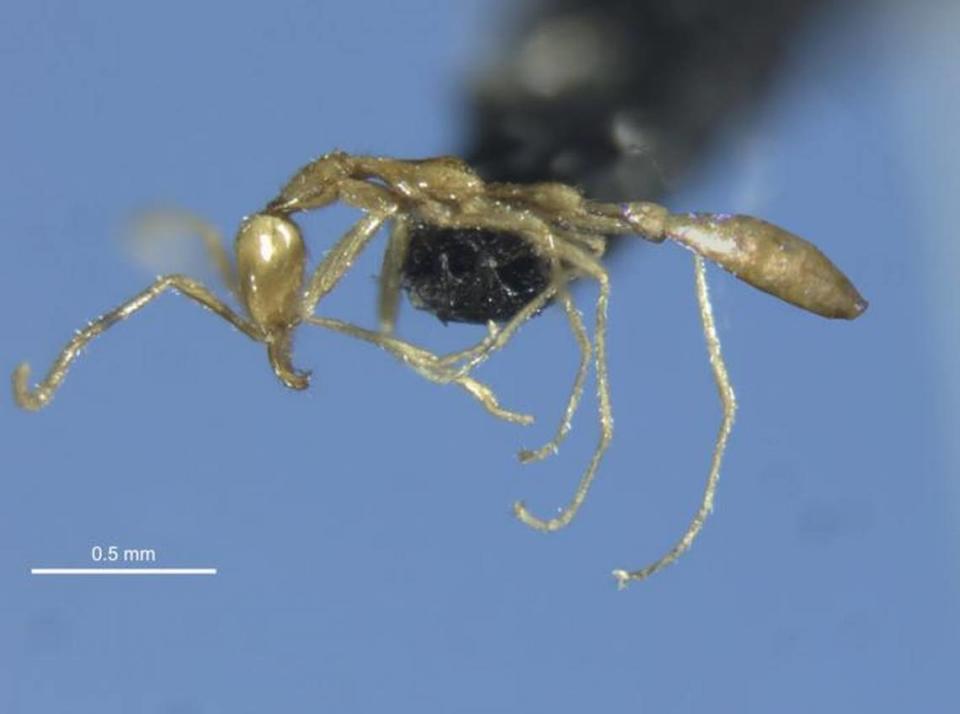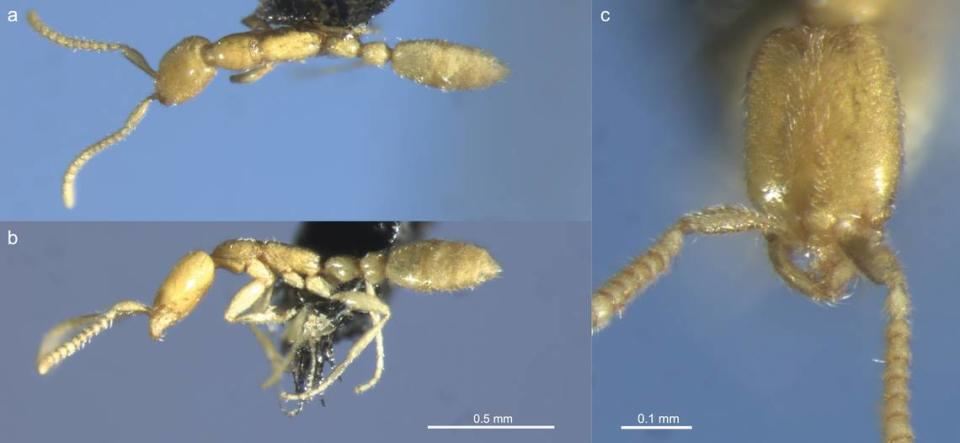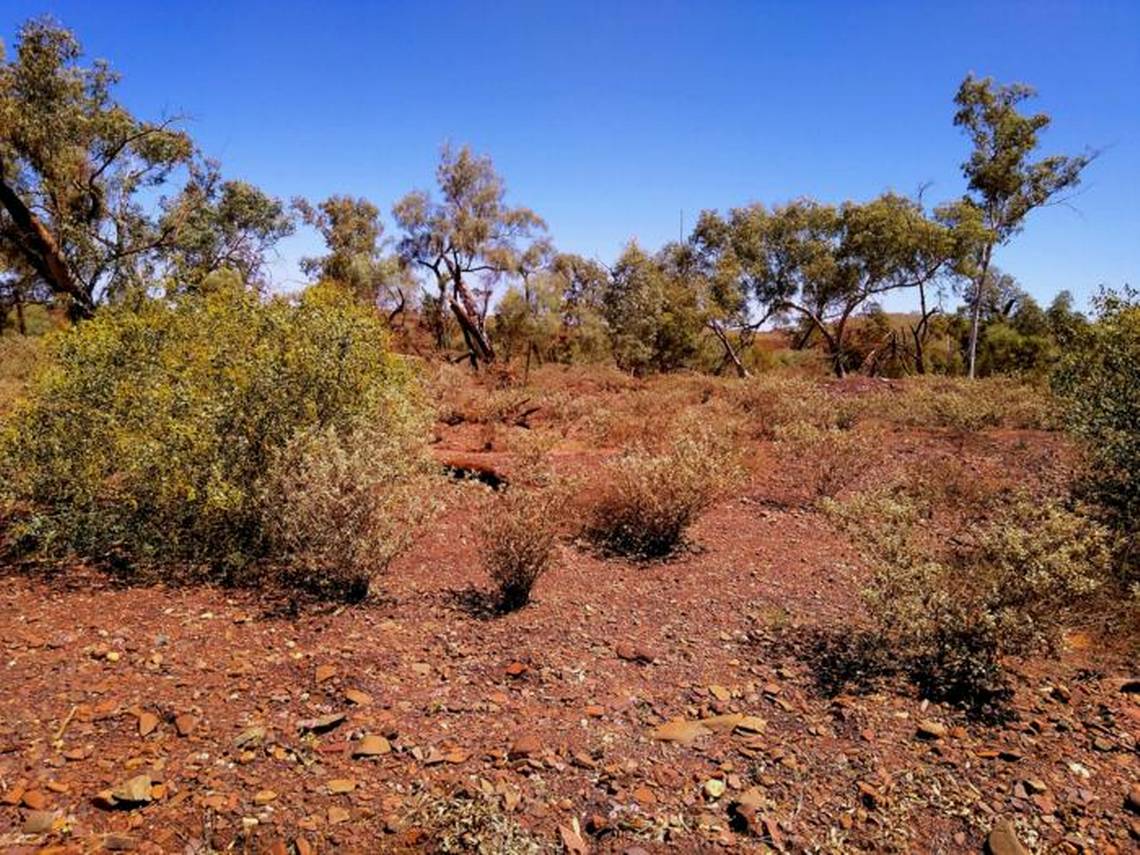In the world underneath the desert landscape of Western Australia, a small, pale creature crawls around in the dark on the hunt for its next meal.
While the surface reaches temperatures of more than 100 degrees Fahrenheit on summer days, the dark underbelly of the landscape allows life to flourish.
The “ghostly” predator, with a “slender build, spindly legs, and long, sharp mandibles,” bears a resemblance to a notorious, evil wizard — and is a new species.
Leptanilla voldemort, a species of underground ant, is only the second species of its genus ever found in Australia, researchers said in an April 11 study published in the journal ZooKeys.

Discover more new species
Thousands of new species are found each year. Here are three of our most eye-catching stories from the past week.
→Deep-sea creature — with yellowy tentacles and over 80 feet — is new species
→Reddish sea creature — with over 70 feet — found by a submarine
→Spiky ‘dwarf’-like creature found at abandoned building in India
The team was in the geological region of Pilbara, one of the oldest land surfaces on Earth, when they drilled a hole into the soil about 80 feet deep, according to an April 12 news release published in EurekAlert.
As the scientists scraped the sides of the hole for life, they caught two small ants in a net, the researchers said.
When the ants were brought to the surface, their pale exteriors and smooth, slender bodies reminded the researchers of He Who Must Not Be Named.
“The species epithet pays tribute to the antagonist in the Harry Potter book series, Lord Voldemort, a terrifying wizard who, like the new ant, is slender, pale and thrives in darkness,” according to the study.
The new species was identified by its “elongated mandibles and antennae” that dwarf the shorter and stouter body parts of the the other Leptanilla species, first identified in 1931.
Like its namesake, it’s likely L. voldemort is an effective killer.
“Leptanilla voldemort is almost surely a predator, a fearsome hunter in the dark. This is backed up by what we know from the few observations of specialized hunting behaviors in other Leptanilla ant species, where the tiny workers use their sharp jaws and powerful stings to immobilize soil-dwelling centipedes much larger than them, before carrying their larvae over to feed on the carcass,” study author Mark Wong, from the University of Western Australia, said in the release.


Leptanilla aren’t like most ants, choosing to live in small colonies of a queen with only about 100 worker ants, Wong said in an April 12 news release from the University of Western Australia. They live and hunt for food entirely underground, he said.
“Adapting to life in darkness, Leptanilla workers are blind, devoid of pigmentation and measure between just one and two millimeters — not much larger than a grain of sand — allowing them to move effortlessly through the soil,” Wong said in the release.


Because of their small size and hidden environment, much of the biology of the Leptanilla species remains “shrouded in mystery,” according to the EurekAlert release.
Pilbara, the rocky portion of Australia where the ant was found, was formed 3.6 billion years ago, according to the release, and holds countless species of underground invertebrates.
“Adding to the unique biodiversity of this ancient landscape, the discovery of the enigmatic ant L. voldemort is a testament to the wizardry of nature and the mysteries of life in the depths of darkness,” the release said.
‘Warrior’ creature — with ‘dark mark’ — found as new species in Brazil river. See it
‘Unusual’ creature — with ultrasonic song — escapes its cage. It’s a new species
‘Flat’-headed creature — with multicolored eyes — discovered as new species in China
Volcanic ocean creature — with ‘long’ legs — discovered in Japan. It’s a new species
